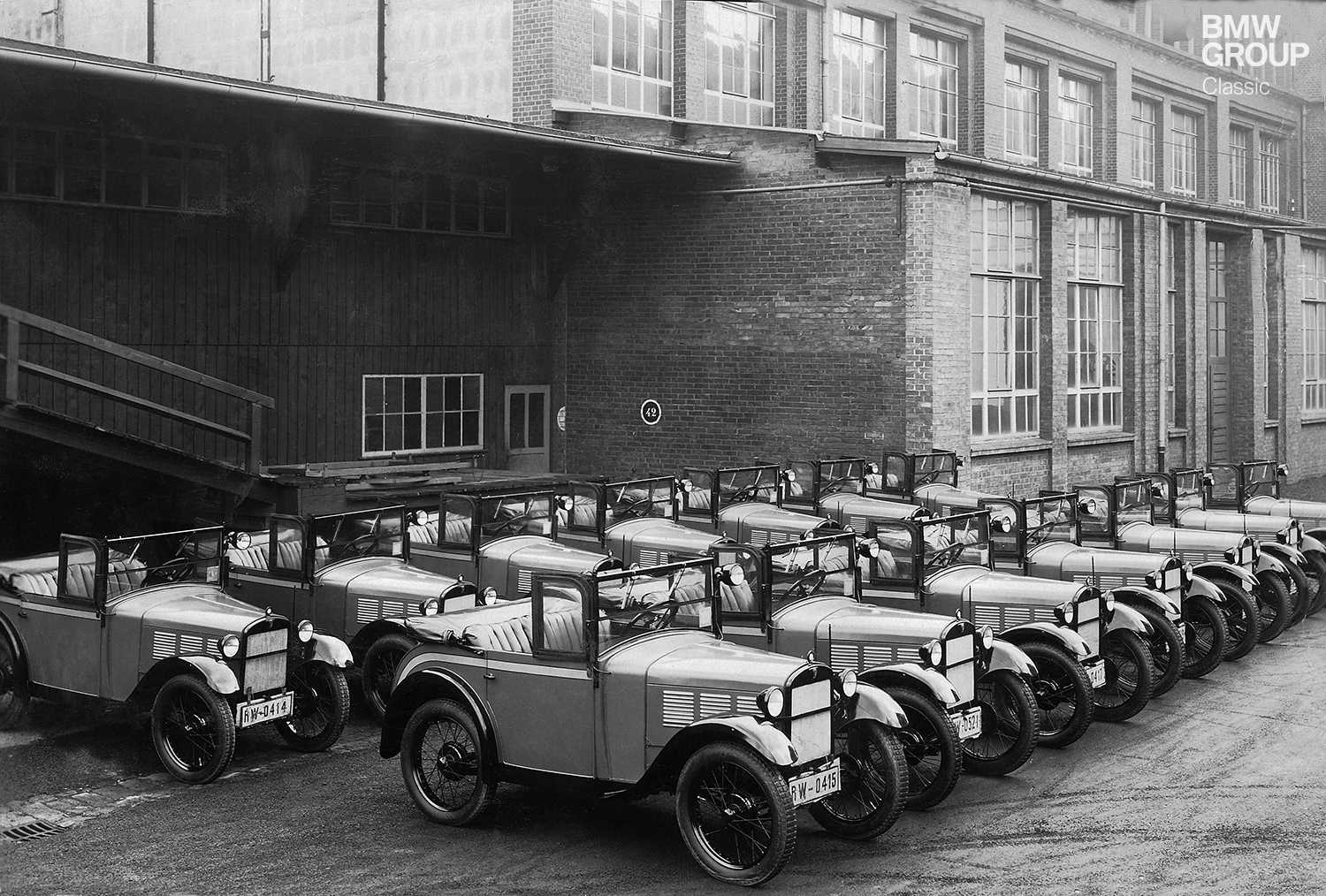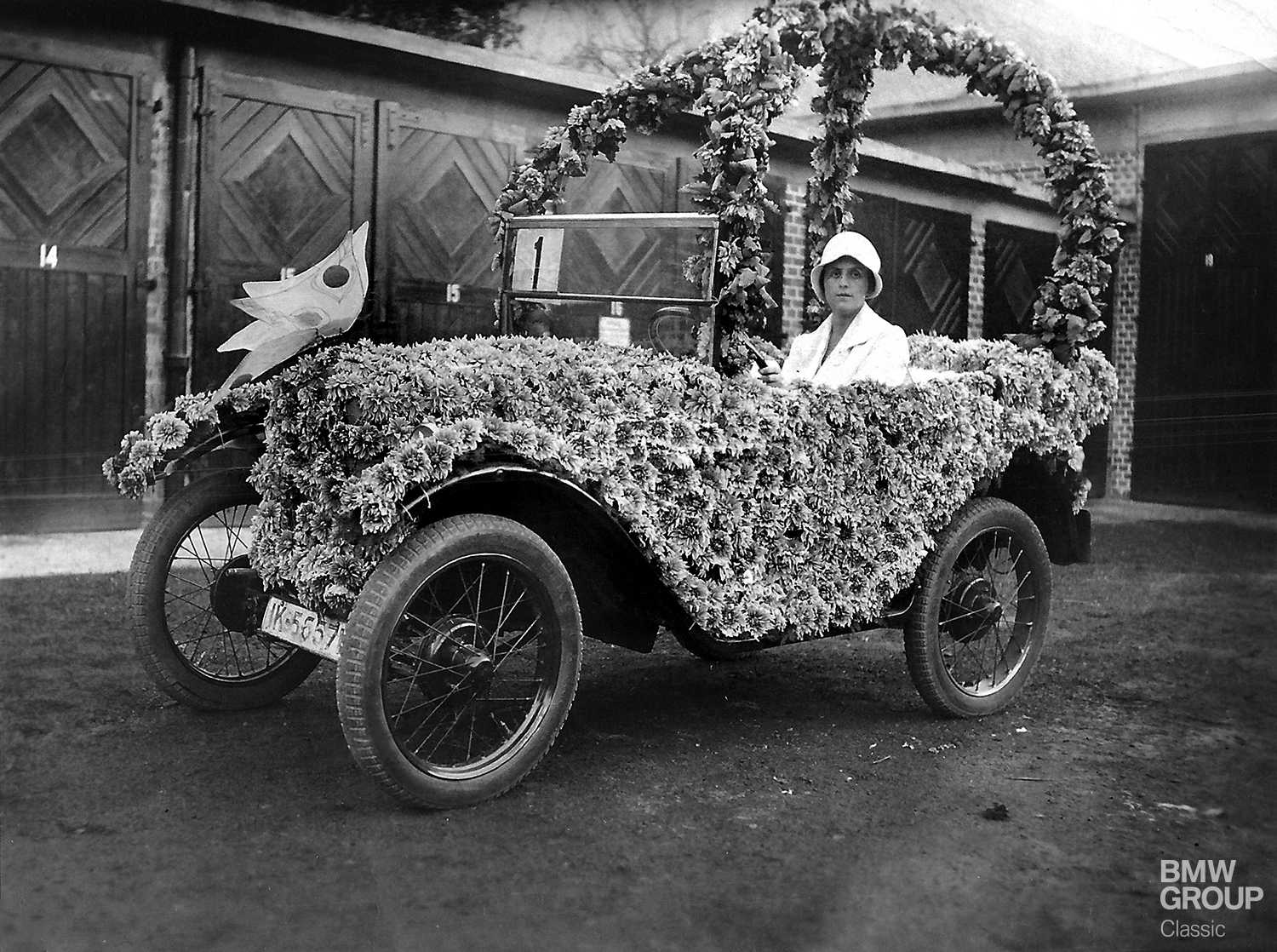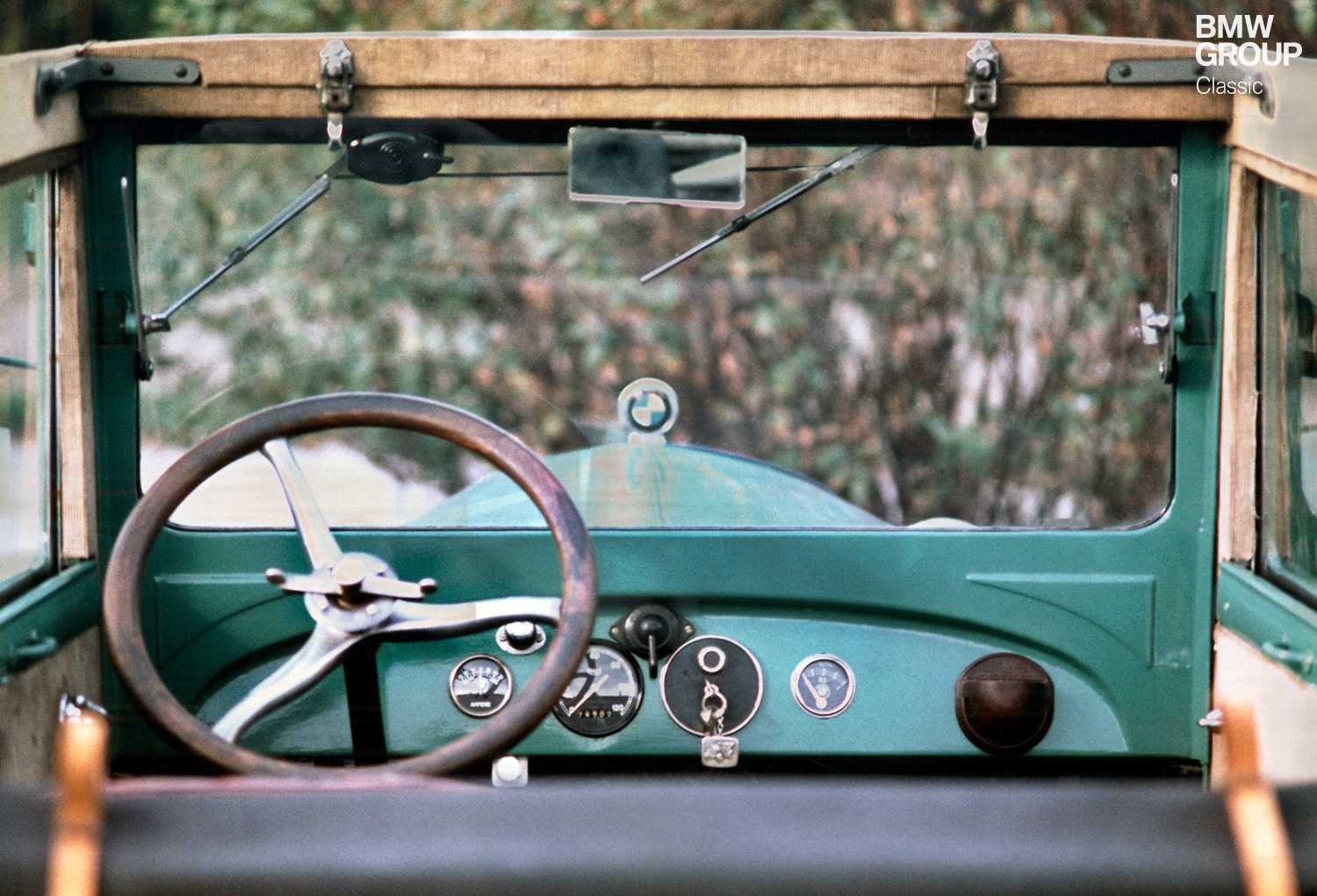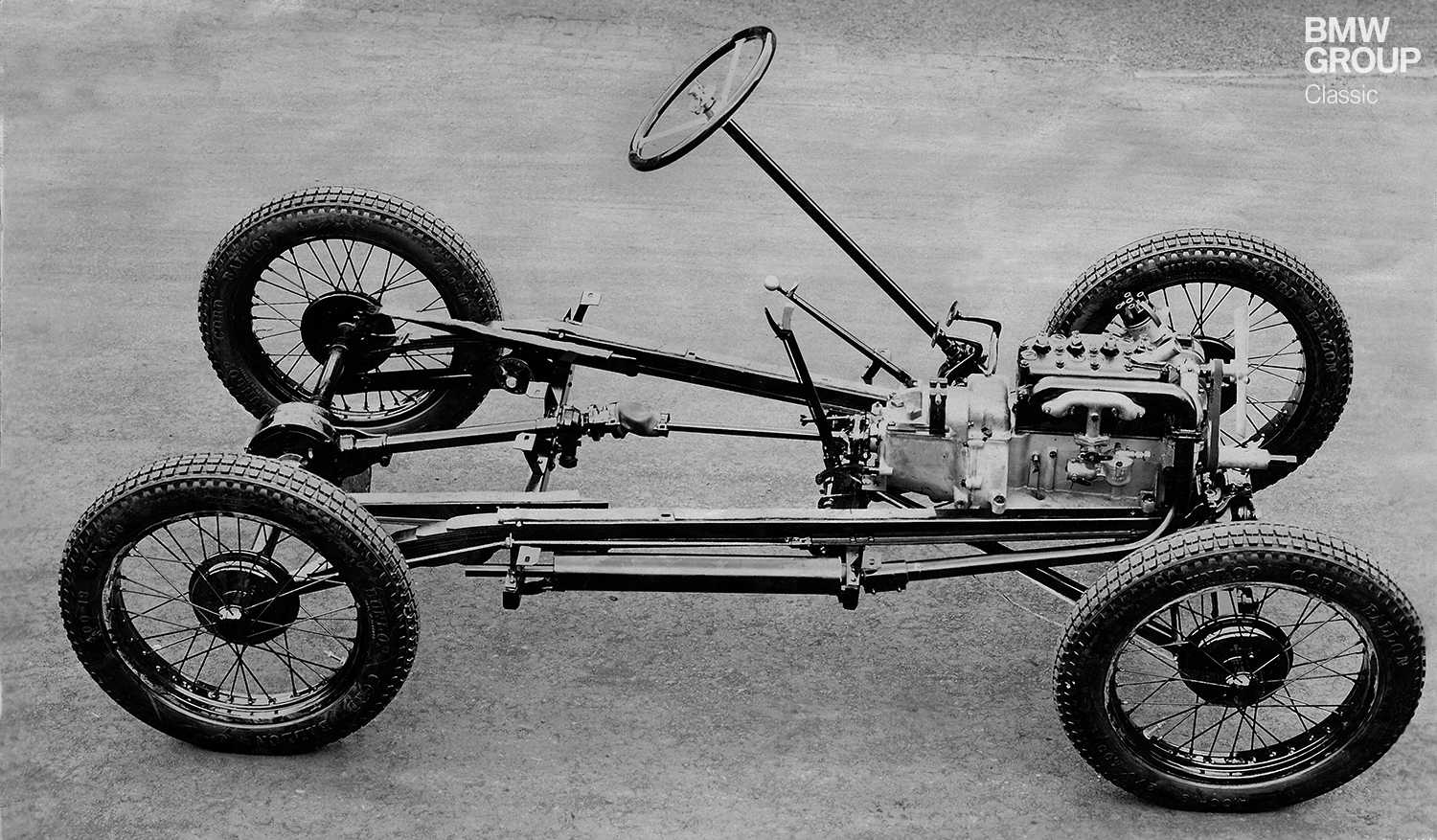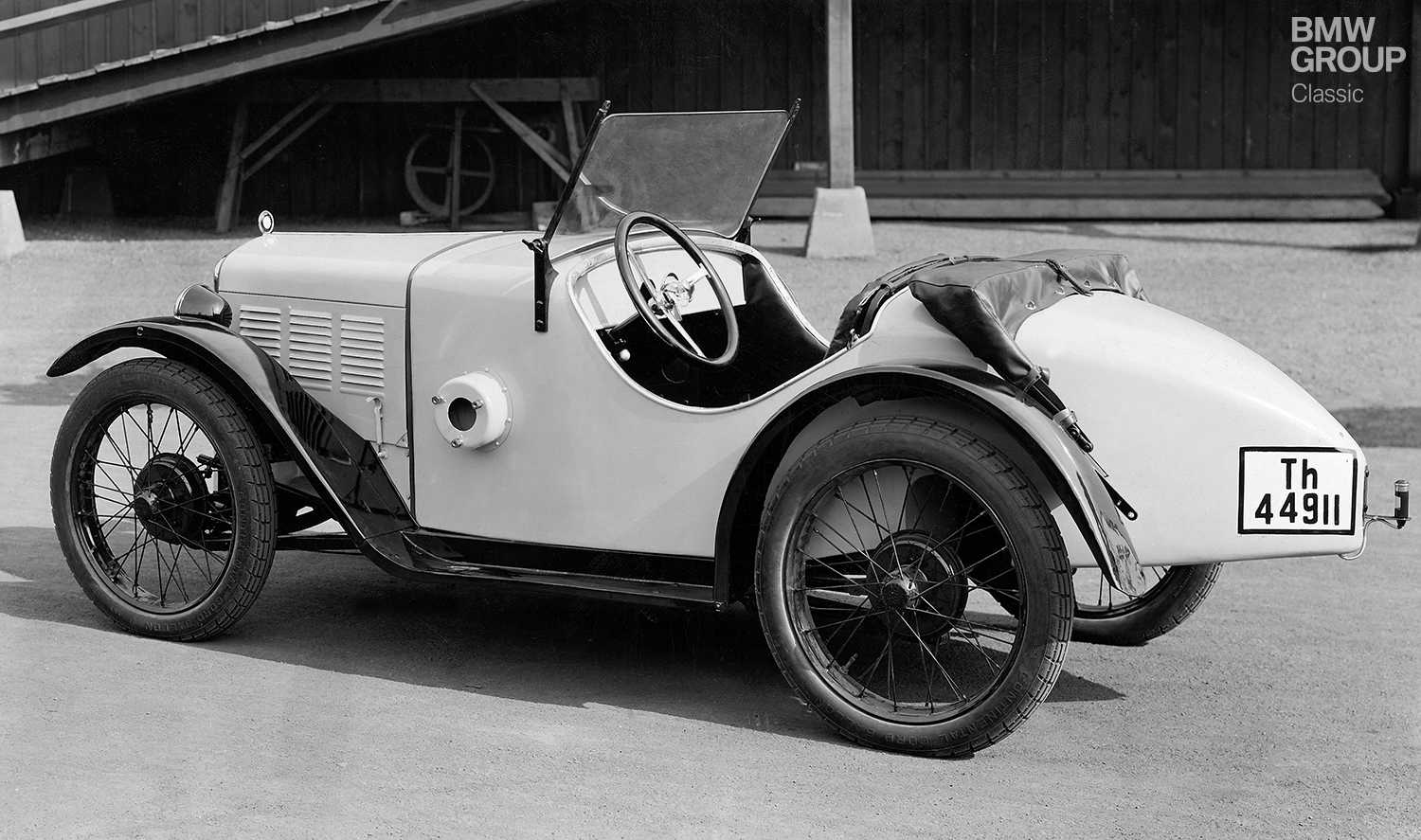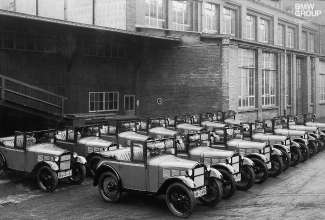The BMW 3/15, more popularly known as the “Dixi”, was BMW’s first car. It was a huge success because it tuned into the mood and needs of the times: i.e. it was small. Its roots were British and it bridged the gap to the arrival not long afterwards of some very sporty and deliciously elegant siblings. Fast forward to the present day and it still commands an enthusiastic fan club.
The history of BMW’s first car reflects the era into which it was born – eventful, with its fair share of ups and downs. The 1920s were anything but a golden era for most who lived through them. Political turmoil bred rampant inflation, rendering money less and less valuable by the day. If you sold something, you’d need to spend the proceeds asap lest they soon become worthless. Producers of expensive and high-quality goods were particularly hard hit. Among their number were pretty much all vehicle manufacturers, with cars now more of a luxury than ever. Compared to the likes of Ford in Detroit, German car makers had something of the small-scale manufactory about them; none could point to a fully-fledged assembly line and their production numbers were consequently on the low side of modest. Indeed, the German firms struggled to match the figures achieved daily in the USA over a full year. Well-known marques started dropping like flies. Some joined forces, but soon succumbed anyway in the wake of the Wall Street Crash of October 1929.
I wish I could fly.
BMW actually set out to make aero engines – which is a whole different ball game, conventional engines being out of their depth up in the heavens. However, with Germany’s defeat in the First World War still an open sore, plan A was no longer an option. Motorcycles offered a way out; they were more affordable than cars. And so it wasn’t long before BMW was making some fine examples of the breed. Come the late 1920s, with the economy apparently in recovery, more people had money in their pockets again and their purchasing power grew rapidly. BMW was keen to further expand its range of products in response, but it needed greater production capacity. Up to its eyes in debt but impressively well kitted out, Fahrzeugfabrik Eisenach (which built cars under the brand name DIXI) fitted the bill nicely.
A marque of luxury.
DIXI was actually a luxury brand that charged lofty sums for large – occasionally very large – models. Amid the strife of the post-war years and the chaos unleashed by runaway inflation, the “Eisenachers” therefore had their backs against the wall. A rescue attempt based around a switch to small cars saw Britain’s highly successful Austin Seven produced under licence in the hope of a quick fix. Although the diminutive DIXI 3/15 PS (3 = taxable horsepower rating, 15 = actual hp) was certainly an instant hit, it came far too late to save the Eisenach company. In 1928 BMW bought the factory, dropped the luxury models from its production line-up and focused solely on their smaller stablemates. The takeover heralded the arrival of an improved version of the DIXI, which was duly rebadged as a BMW.
Little Briton.
The Austin Seven providing the template for the 3/15 PS had been around since 1922. Its sophisticated construction and reasonable price tag made it one of the most successful small cars of its day. So it was no surprise to find it built under licence in Germany and elsewhere. The Eisenach crew wasted no time in adapting the Seven to its new environment, moving the steering wheel over to the left for starters. The car’s transformation into the BMW 3/15 brought better brakes acting on all four wheels and dispensed with the running boards, creating a wider body.
“Bigger inside than out!” screamed the ads.
The car’s four-cylinder engine developed 15 hp at 3,000 revs per minute from its three-quarter-litre displacement. With less than half a tonne of mass to move around (excl. occupants), that was enough to put a brisk 75 km/h (47 mph) on the radar. The three-speed gearbox channelled the engine’s power to the rear wheels. The 3/15 was priced at 2,175 reichsmarks in 1930, not a great deal more than a large motorcycle would require and far less than most other cars.
The little BMW benefitted from constant improvement. The state-of-the-art all-steel body was supplied by Ambi-Budd in Berlin (back then, a mix of wood and metal was still the default construction for car bodies). Wind-up windows in place of sliding items took comfort up a notch and adjustable seats were now also present and correct. Alongside the much-loved sedan, the 3/15 was also available as a convertible (in two-seater or larger tourer guise), a coupe and a delivery van capable of carrying up to 250 kilos of gear. But the icing on the cake came in the form of the BMW Wartburg, a snazzy roadster with a boat-type tail (all the rage at the time), a folding windscreen and a power hike to 18 hp. It also cost a good 600 reichsmarks extra. This was the car that kickstarted the run of victories racked up by sporting BMWs in the extremely popular racing scene.
All’s well that ends well.
The larger and more modern BMW 3/20 was unveiled in 1932. As the licence agreement with Austin came to an end, BMW was left to explore new avenues of its own making. The success of these forays has been well documented. Indeed, just a few years later, BMW was building celebrated sports cars like the 328 and design icons such as the 327.
But the little DIXI remains lodged in our memories; this was where it all started. The BMW DIXI may never have been this car’s official title, but I think it would allow us enthusiasts a little artistic licence.
